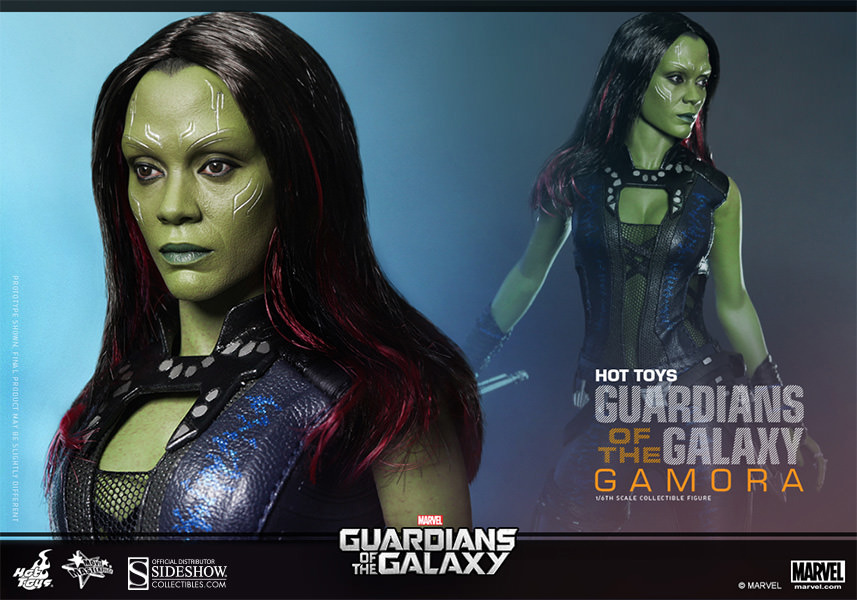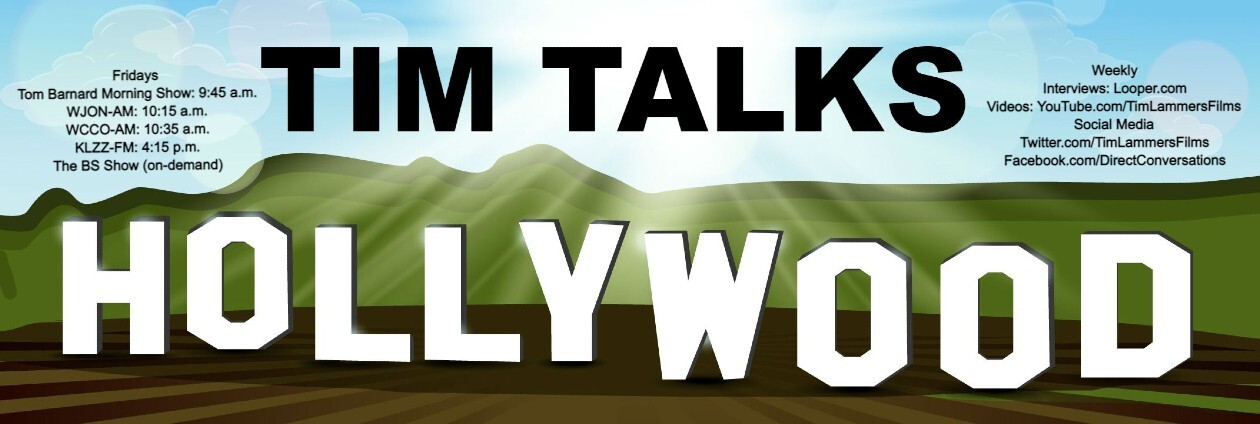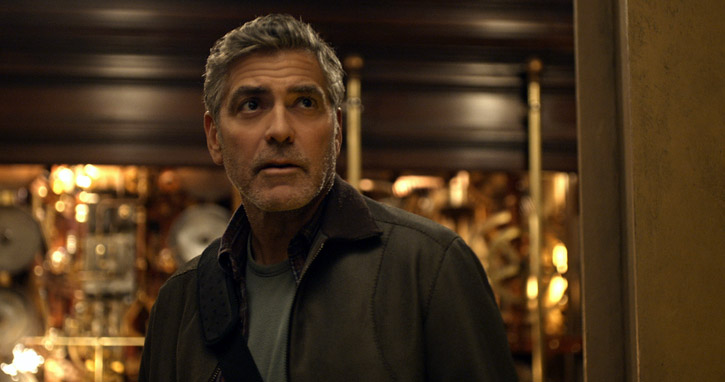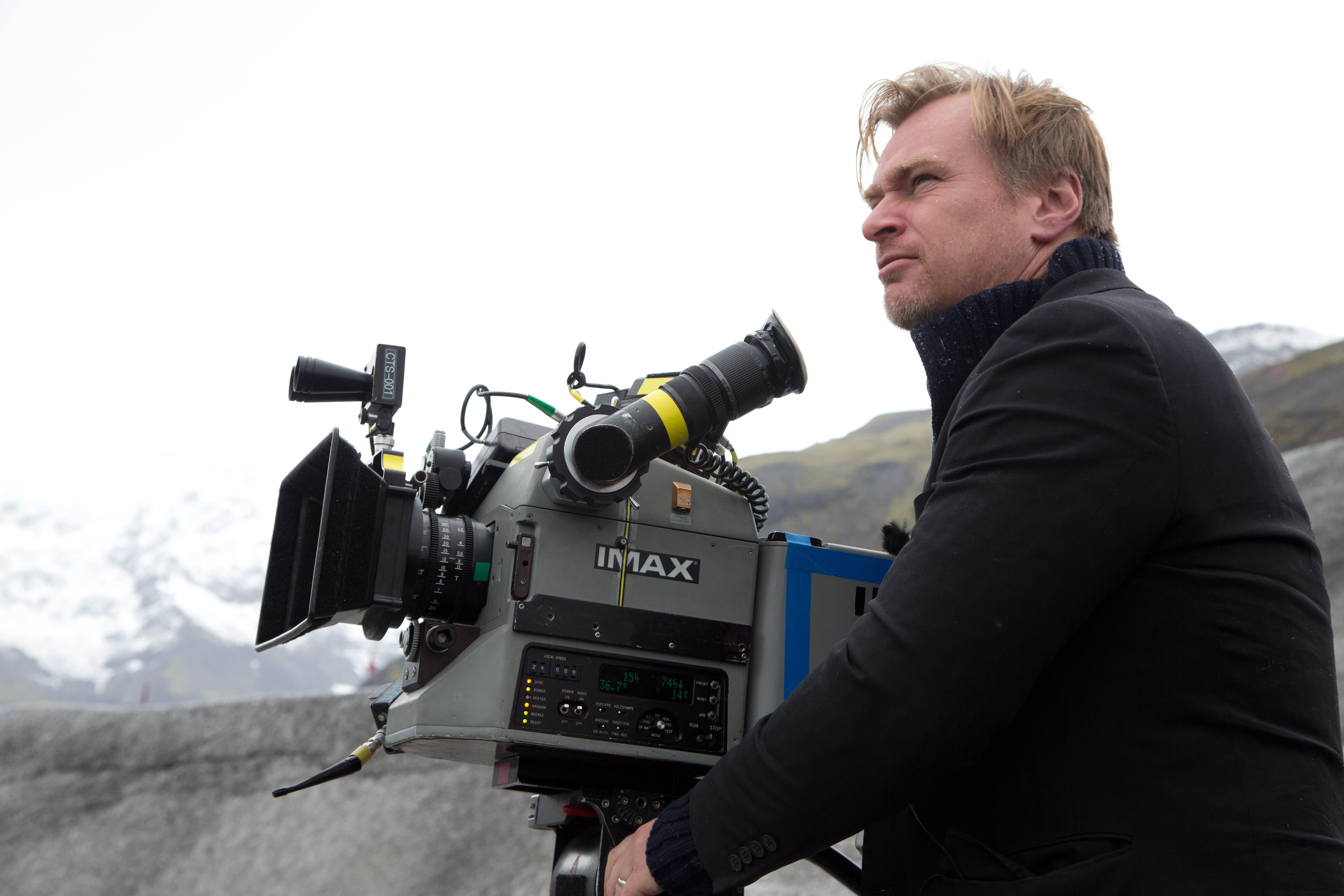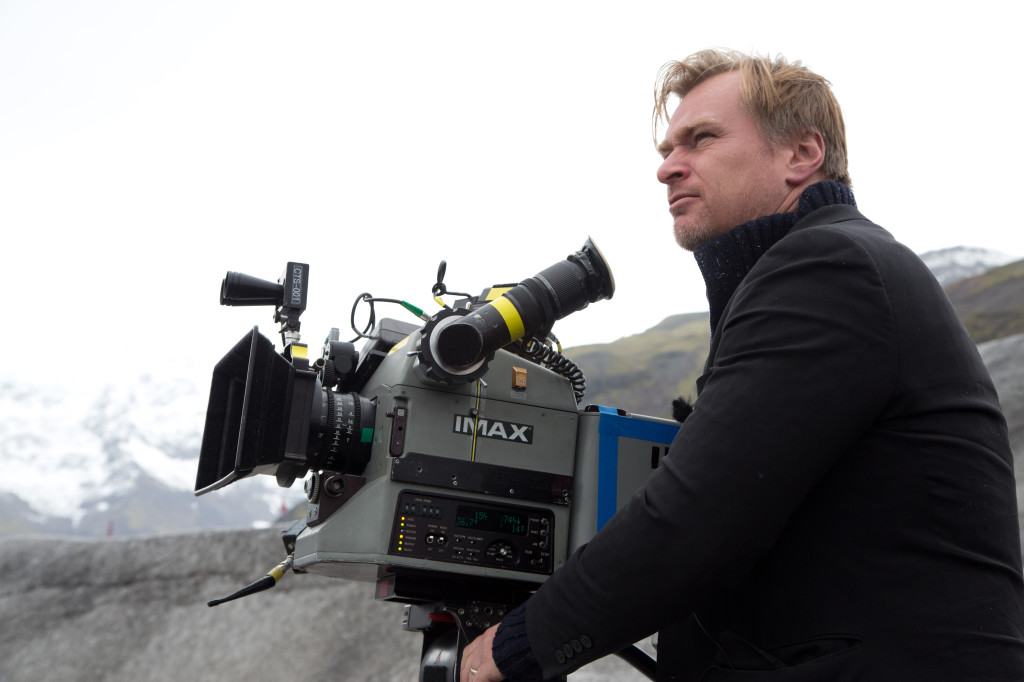“San Andreas” (PG-13) 3 stars (out of four)
Ridiculous scenarios and a paper-thin plot and characters aside, it’s hard to, well, fault “San Andreas” – a wildly conceived and thrillingly executed natural disaster movie that is pure summer popcorn drenched with gobs of butter. Starring the affable Dwayne Johnson and featuring megatons of earth-shattering visual effects, “San Andreas” is certainly not the best movie of this young summer movie blockbuster season, but ranks among one of the most entertaining.
Johnson stars as Ray Gaines, a Los Angeles Fire Department Rescue chopper pilot who has no boundaries when it comes to risking his life to save others. Despite his achievements in the field, Ray is haunted by a family tragedy that led to the separation from his wife, Emma (Carla Gugino) and estrangement from their adult daughter, Blake (Alexandra Daddario) — so he’s willing to face hell on earth when “The Big One” hits.
The problem is, the event is not one big earthquake, but a series of them that begins at the Hoover Dam. Intensifying in power with each earthquake, the series of ultra-destructive events continues with a run up the entire San Andreas fault line. The biggest and worst one – along with a tsunami — is set to hit San Francisco, where Blake is holding on for dear life.
Amid the crumbling buildings, people scattering and the earth shattering, “San Andreas” follows three sets of characters: Ray and Emma, who plow through hazards in the air, land and sea in a desperate attempt to find their daughter; Blake, who forms a bond with aspiring businessman Ben (Hugo Johnstone-Burt) and his younger brother Ollie (Art Parkinson) as they battle the harsh elements; and a reporter (Archie Panjabi) who helps an earthquake scientist (the always great Paul Giamatti) warn the residents of San Francisco of their impending doom.
Unlike Johnson’s previous action movie blockbuster “Furious 7,” “San Andreas” does its best to assemble a story amid all the chaos involving the characters. But as evidenced by the film’s nail-chomping opening rescue scene, “San Andreas” is all about the action and effects, and the intensity rarely lets up for the film’s 114-minute run-time.
The characters, while all likeable (apart from Ioan Gruffudd, who is perfectly slimy as Emma’s weasel boyfriend), are really only pawns to support the film’s majestic visual effects, which to director Brad Peyton’s credit, sometimes boom out of nowhere so loudly that you can’t help but jump out of your seat. “San Andreas” is one of those movies that has to be seen on the big screen if you want to experience its full effect, and for Californians, it’s one that will leave audiences quaking in their boots.
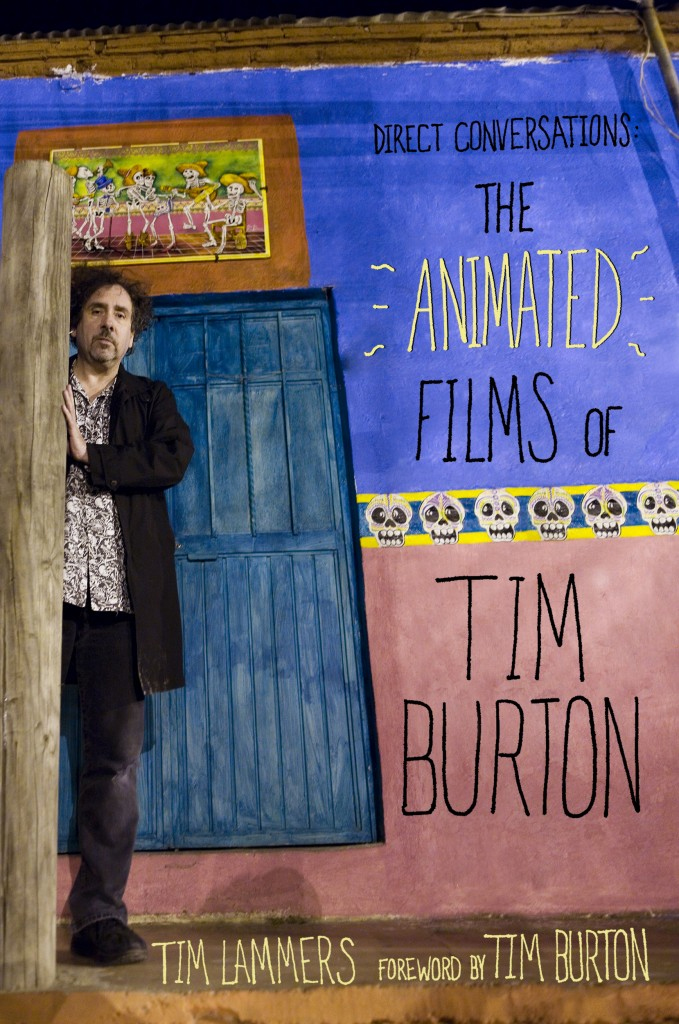
“Aloha” (PG-13) 1 1/2 stars (out of four)
God only knows what exactly writer-director Cameron Crowe’s intentions were with the ambitious but ultimately ambivalent “Aloha,” a disappointing dramedy that has all the right talent but can’t seem to figure out what to do with it. Awkward, disjointed and sometimes just plain confusing, “Aloha,” which stars Bradley Cooper and Emma Stone, seems to be suffering from an identity crisis. Is it a romance? Is it a comedy? Is it a tale of redemption? Is it a tale about Hawaiian spirits? Is it a cautionary tale about weapons of mass destruction?
As odd as it sounds, all of those elements are dancing inside the frames of the 105-minute film, but never quite seem to gel.
Cooper stars as Brian Gilcrest, a former, starry-eyed Air Force veteran who fell from grace while making a shady living as a defense contractor in Afghanistan. Despite a stormy past with billionaire businessman Carson Welch (Bill Murray), Brian, a gifted private aerospace contractor, is recruited once again by the shrewd industrialist to oversee a game-changing, super-secret satellite project. Seems that Brian not only has the technical wherewithal to launch the risky project, but has a rapport with the Hawaiian natives to calm their fear and skepticism about it.
Cold and removed, Brian’s return to Hawaii after 13 years seems to soften him up, as he encounters an old flame (Rachel McAdams), who is now married with two kids; and a flaky but intelligent Air Force Captain, Allison Ng (Stone), who possesses the same enthusiasm for space that Brian lost years before.
For the sake of the story, Brian’s potential future with Allison eventually leads us to the film’s predictable third act, where Brian is forced to confront his past misgivings and make a decision that could save his soul but ultimately ruin his life. Coming far too late in the proceedings, it’s the only part of “Aloha” that seems to make any sense.
Cooper, coming off the blistering success of “American Sniper,” is likable in “Aloha,” but the problem is, he’s not supposed to be. Cooper’s natural charm and charisma overshadow Brian’s shifty demeanor, and it’s shame to say, but he was simply miscast. Starting off as an annoying character, Stone’s character softens enough by the end to become tolerable, even though her motivation in the film is horribly contrived.
In supporting roles, Murray is his usual great self as Carson, and Alec Baldwin is a hoot as a hot-headed Air Force general. McAdams’ character is more or less a functional role, which spins off into a subplot involving her dejected husband (John Krasinski), who becomes jealous of Brian.
Ultimately, the pitfalls of “Aloha” fall squarely on the shoulders of Crowe, who seems to have peaked with his brilliant autobiographical 70s music tale “Almost Famous.” With “Aloha,” it just feels that he’s desperately trying too hard to tell a unique story, yet he never quite gets his arms around the sprawling narrative tight enough to rein everything in. There are mere flickers of Crowe’s brilliance in “Aloha,” but nothing near to “Almost Famous” or his memorable sports agent movie “Jerry Maguire.” For all the talent “Aloha” has in front of and behind the camera, the film is hardly a movie fan’s paradise.
Tim Lammers is a veteran entertainment reporter and a member of the Broadcast Film Critics Association, and annually votes on the Critics Choice Movie Awards. Locally, he reviews films for “KARE 11 News at 11” and various Minnesota radio stations.
